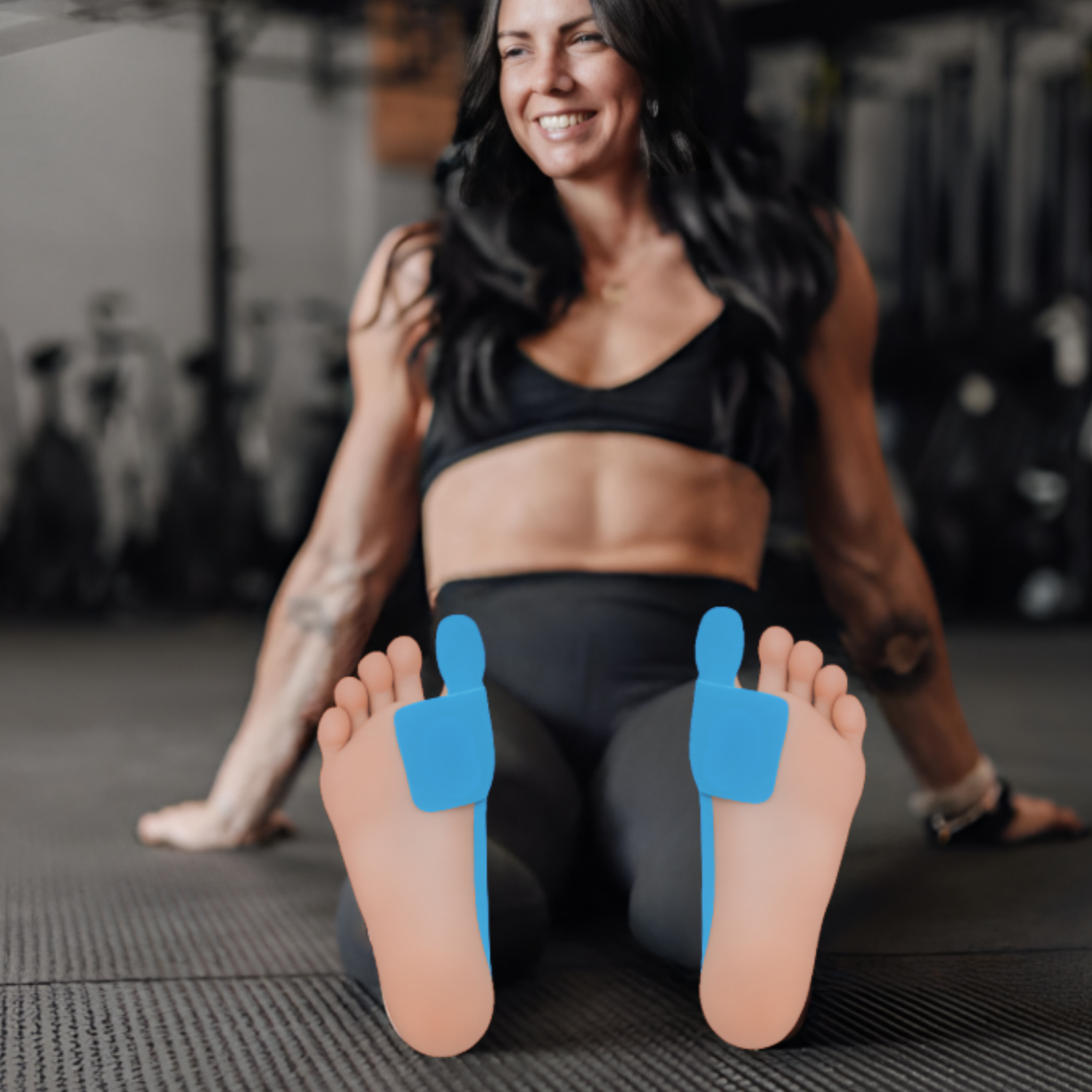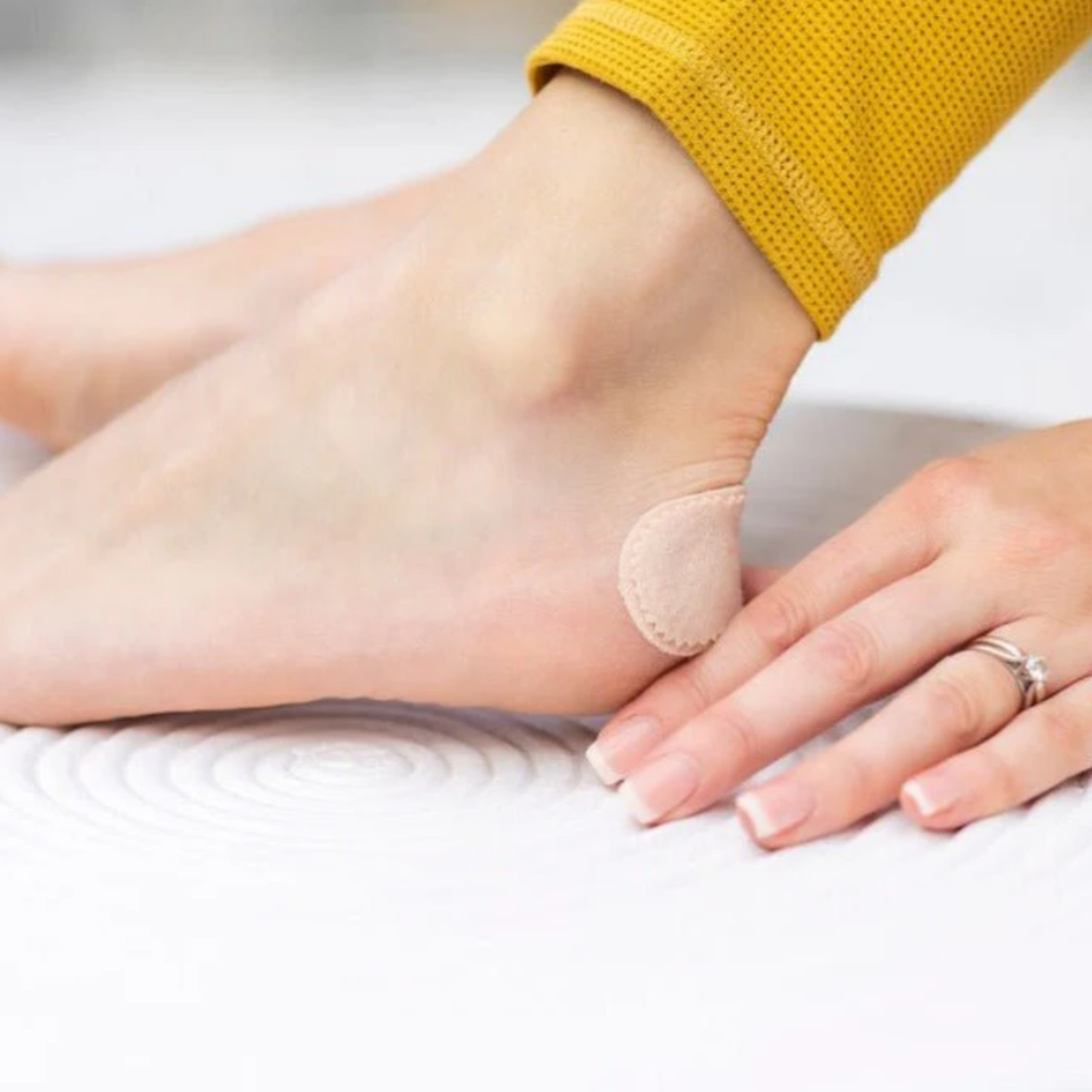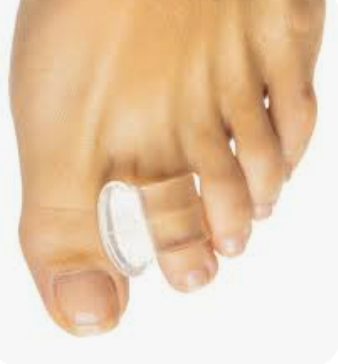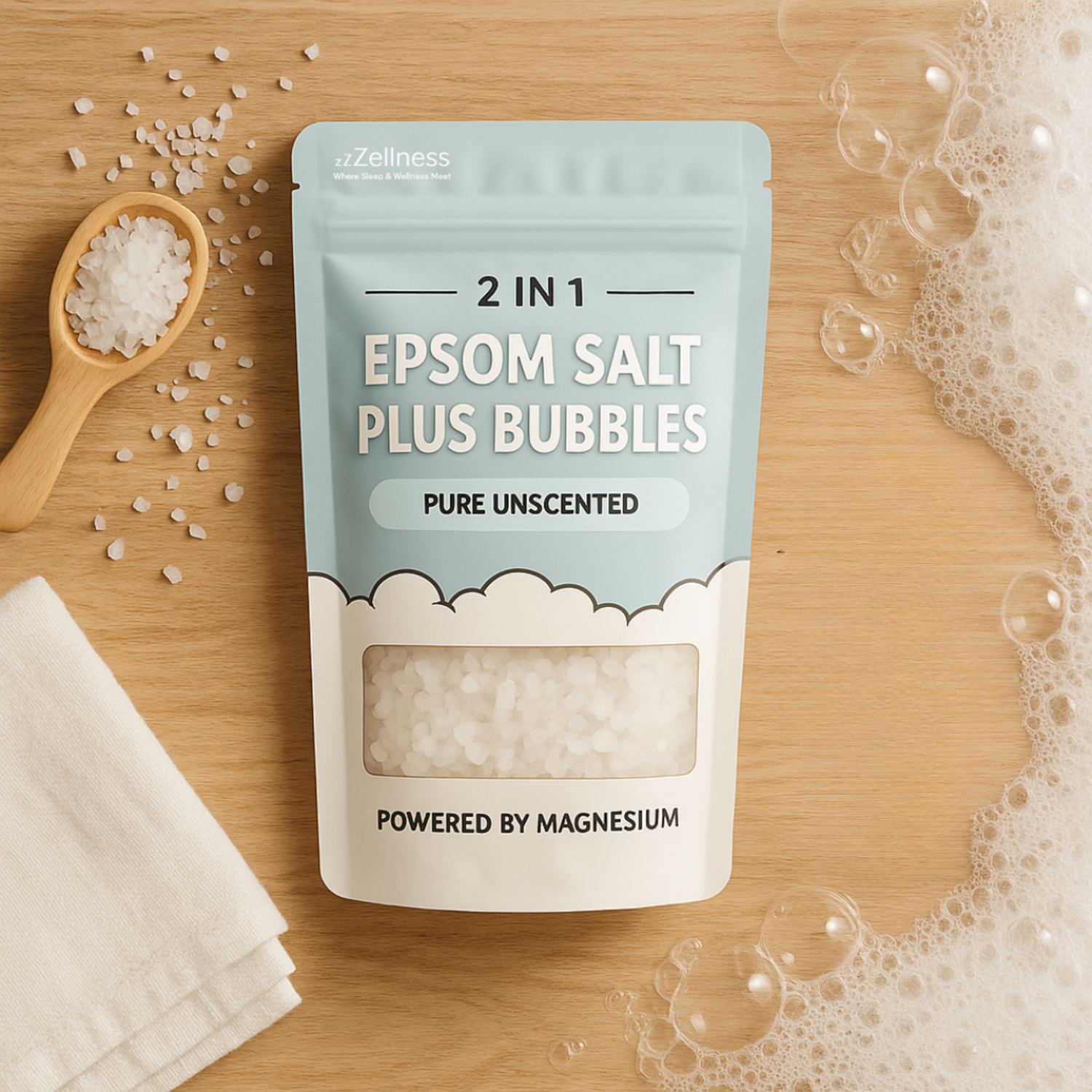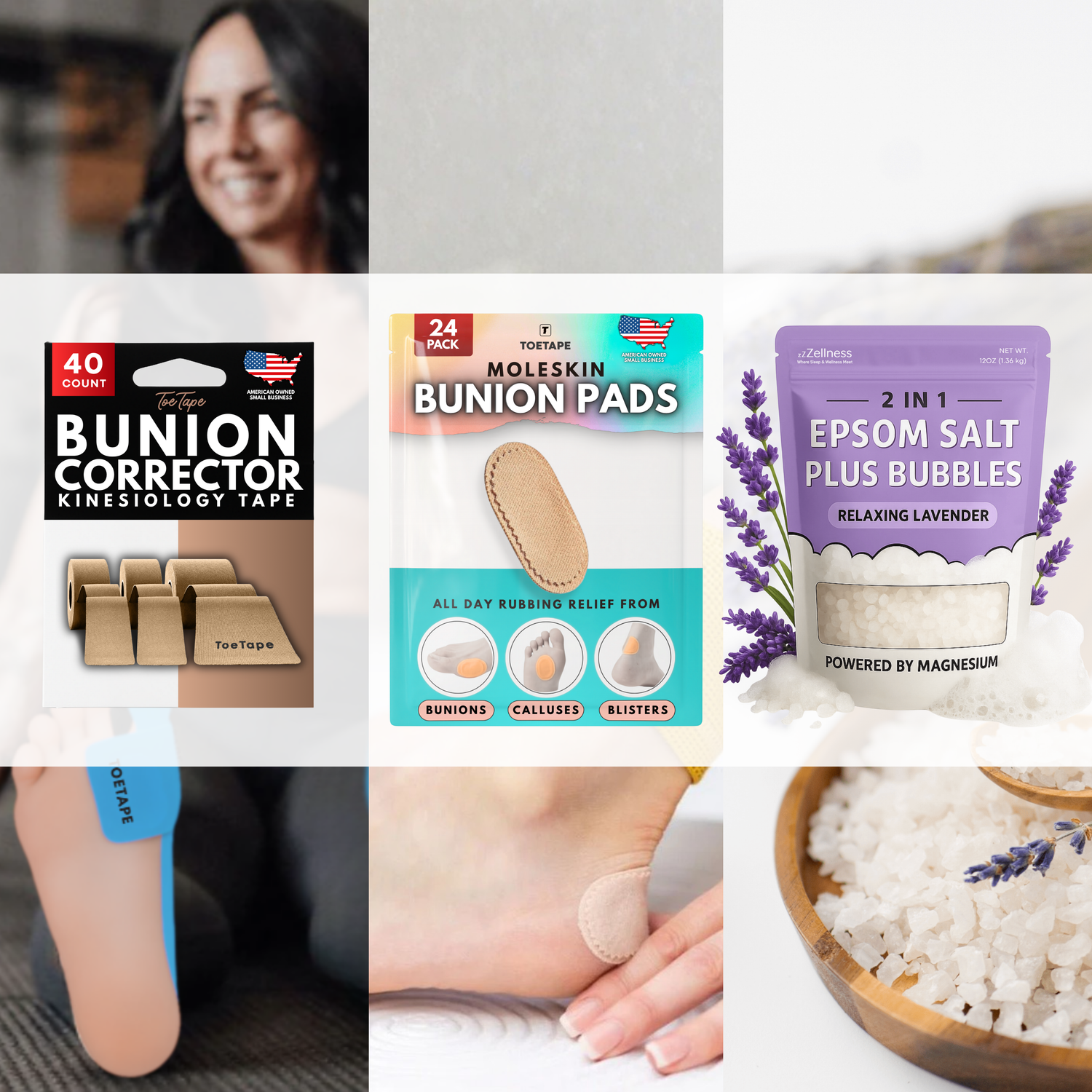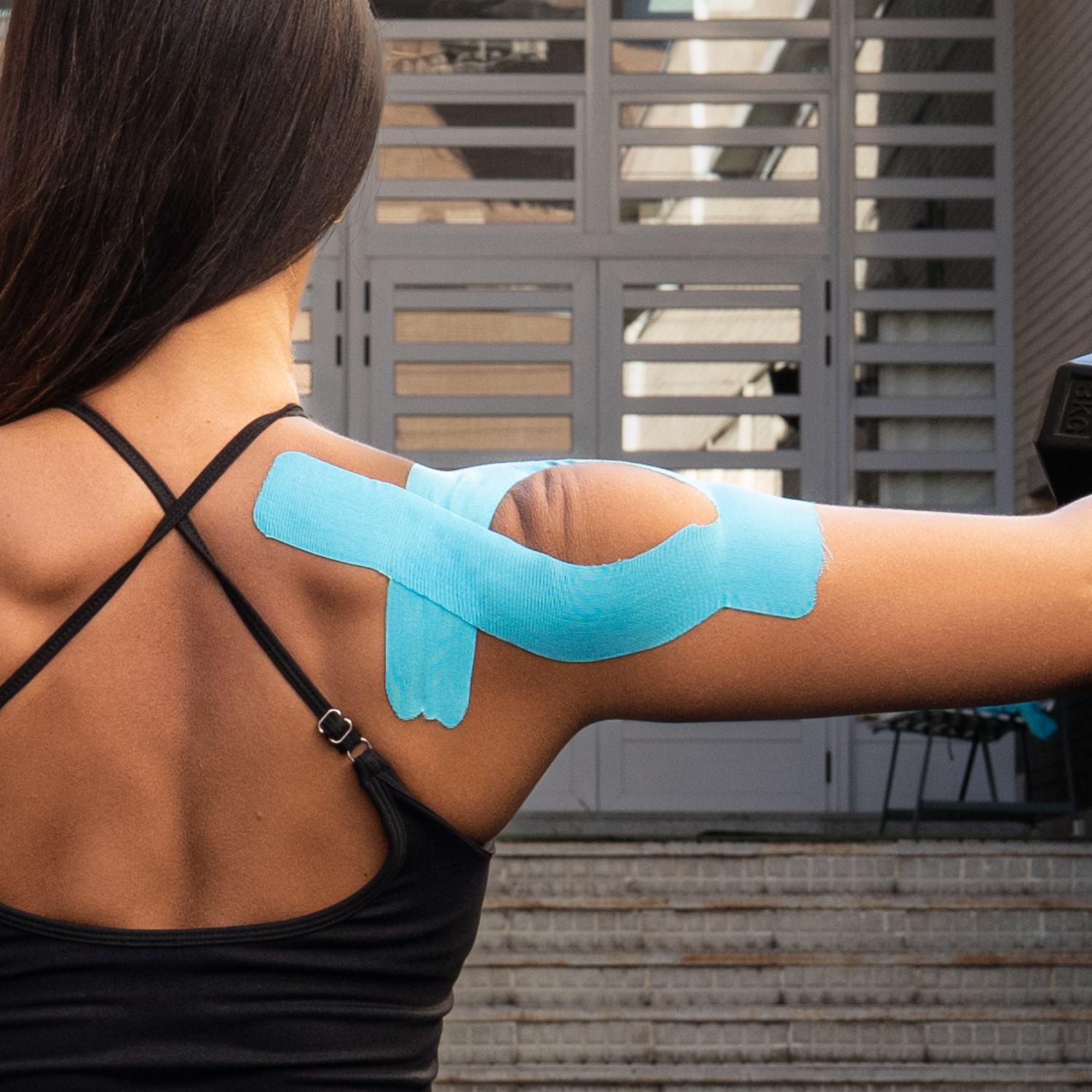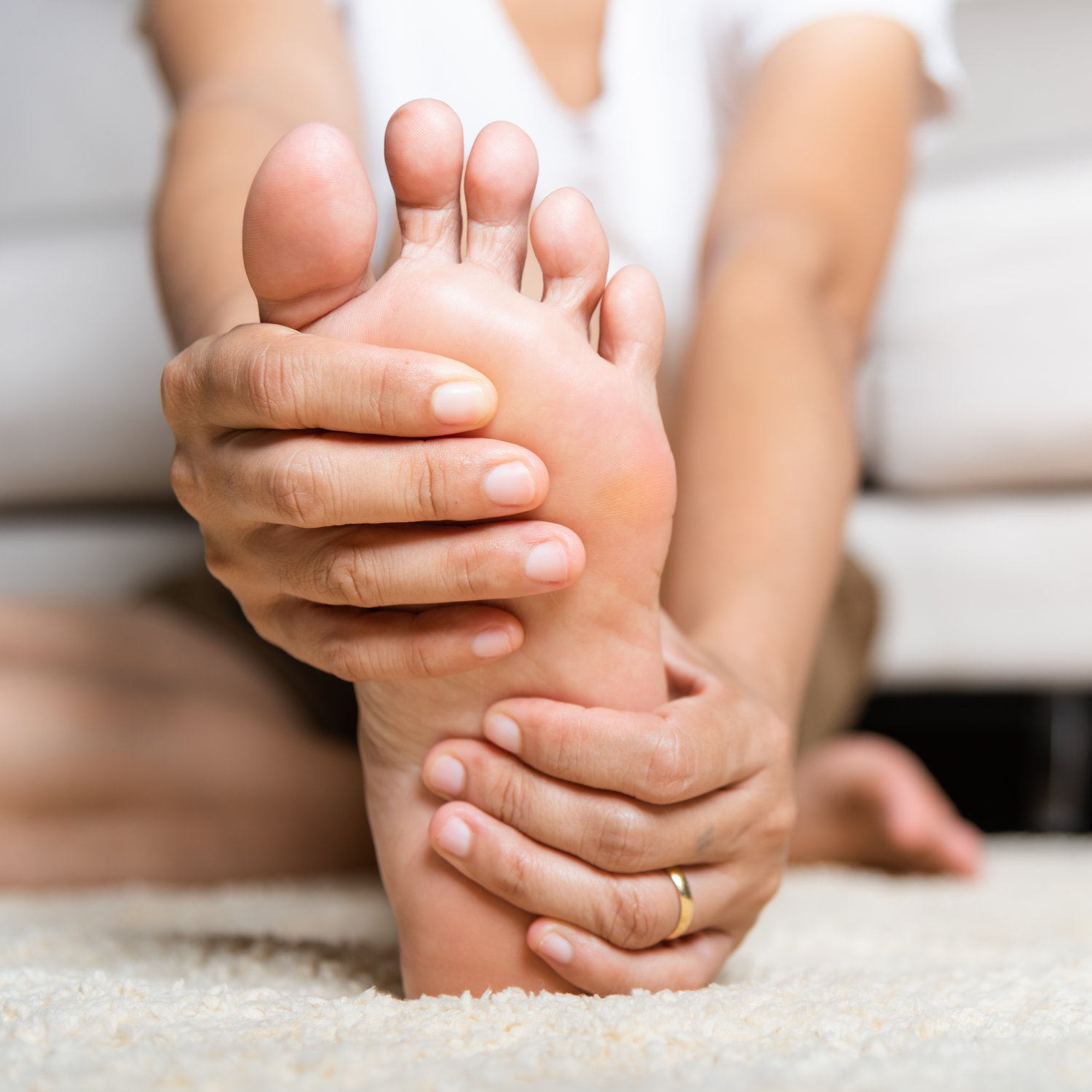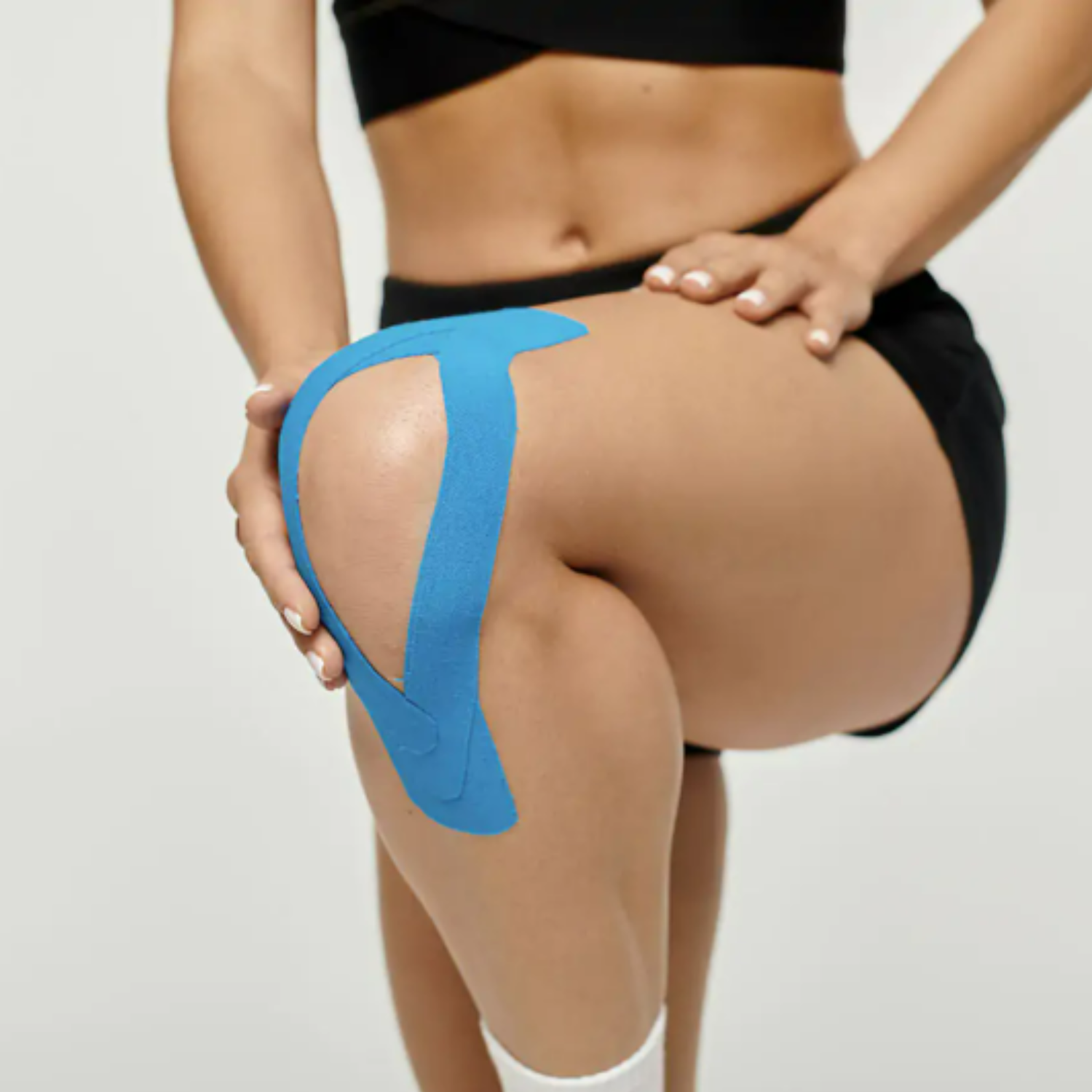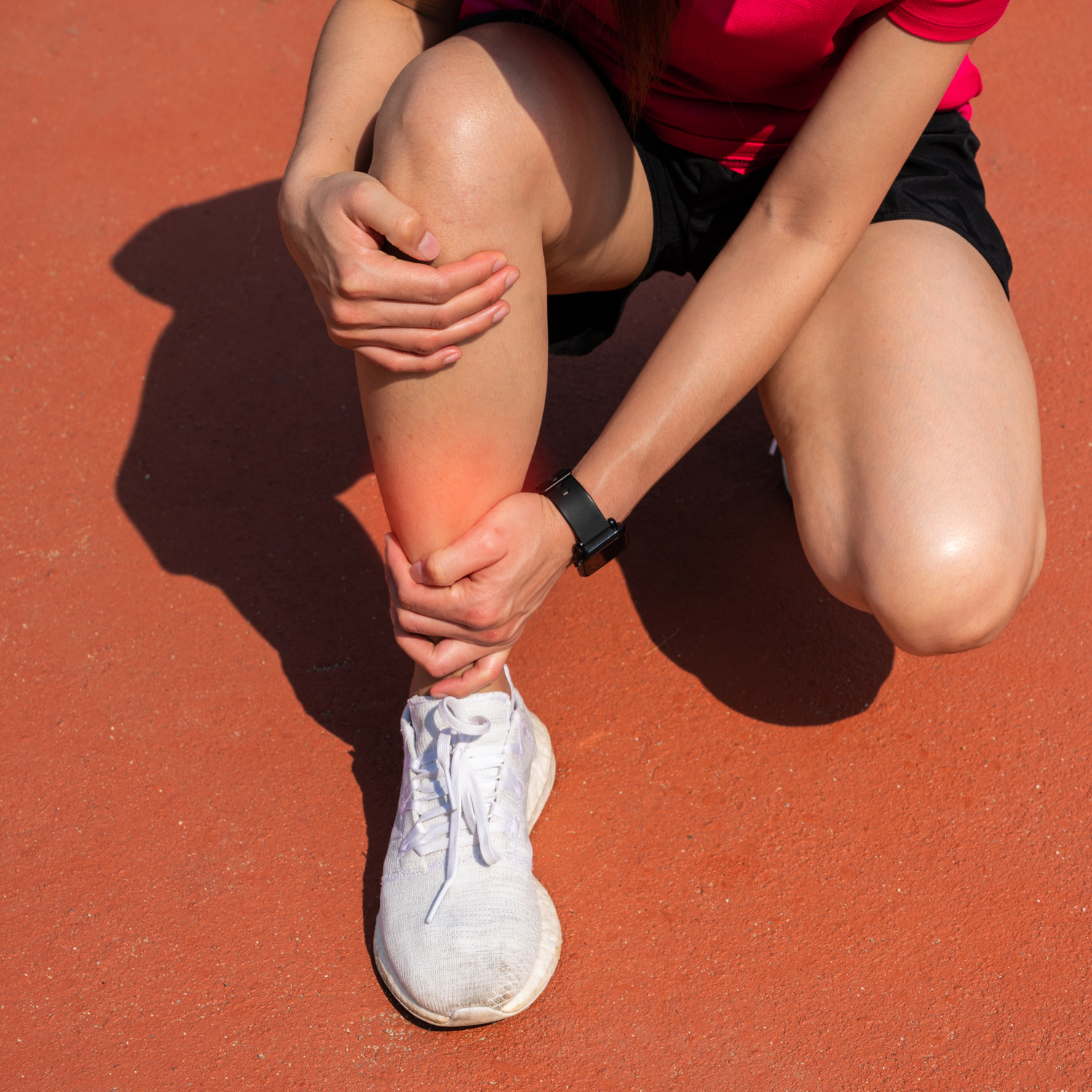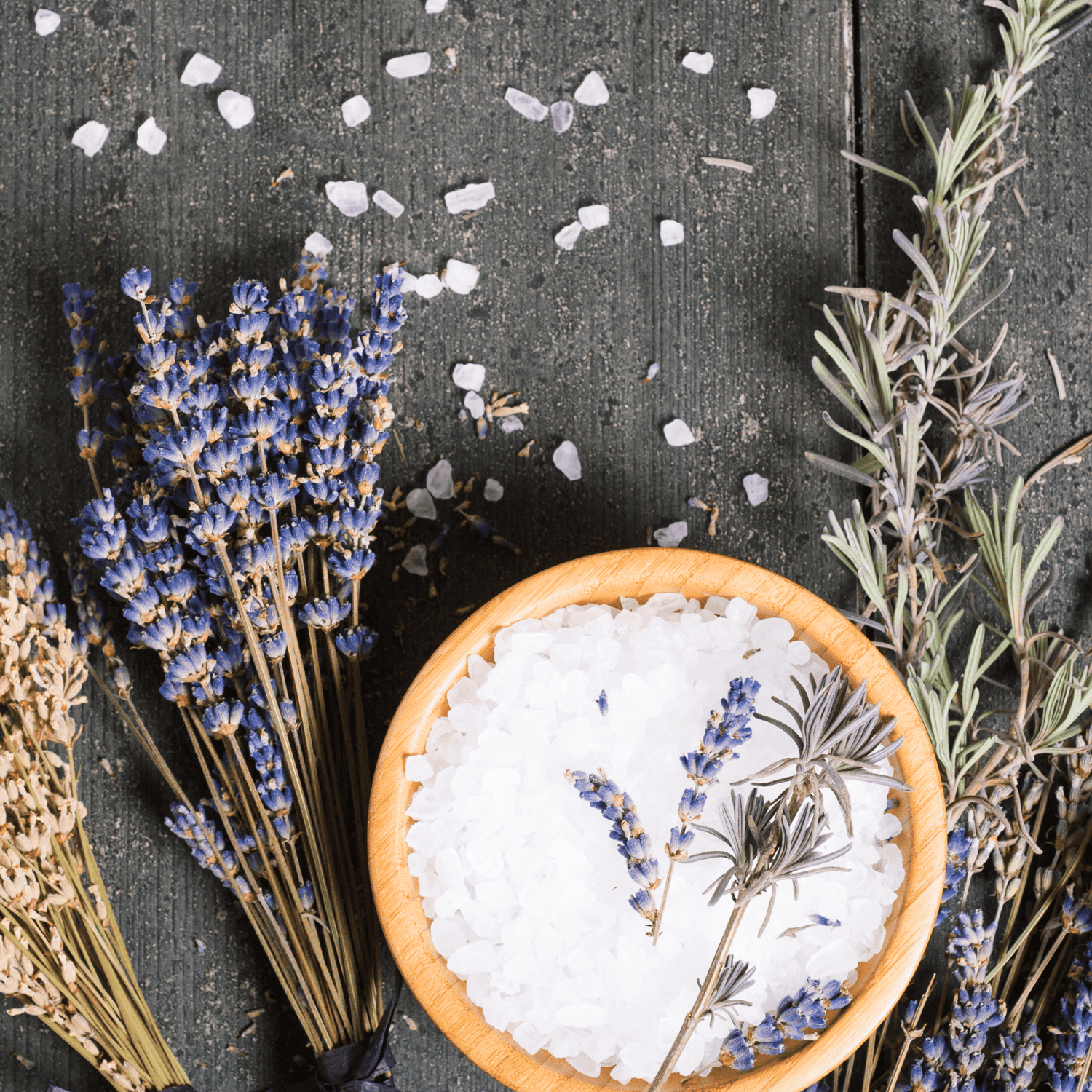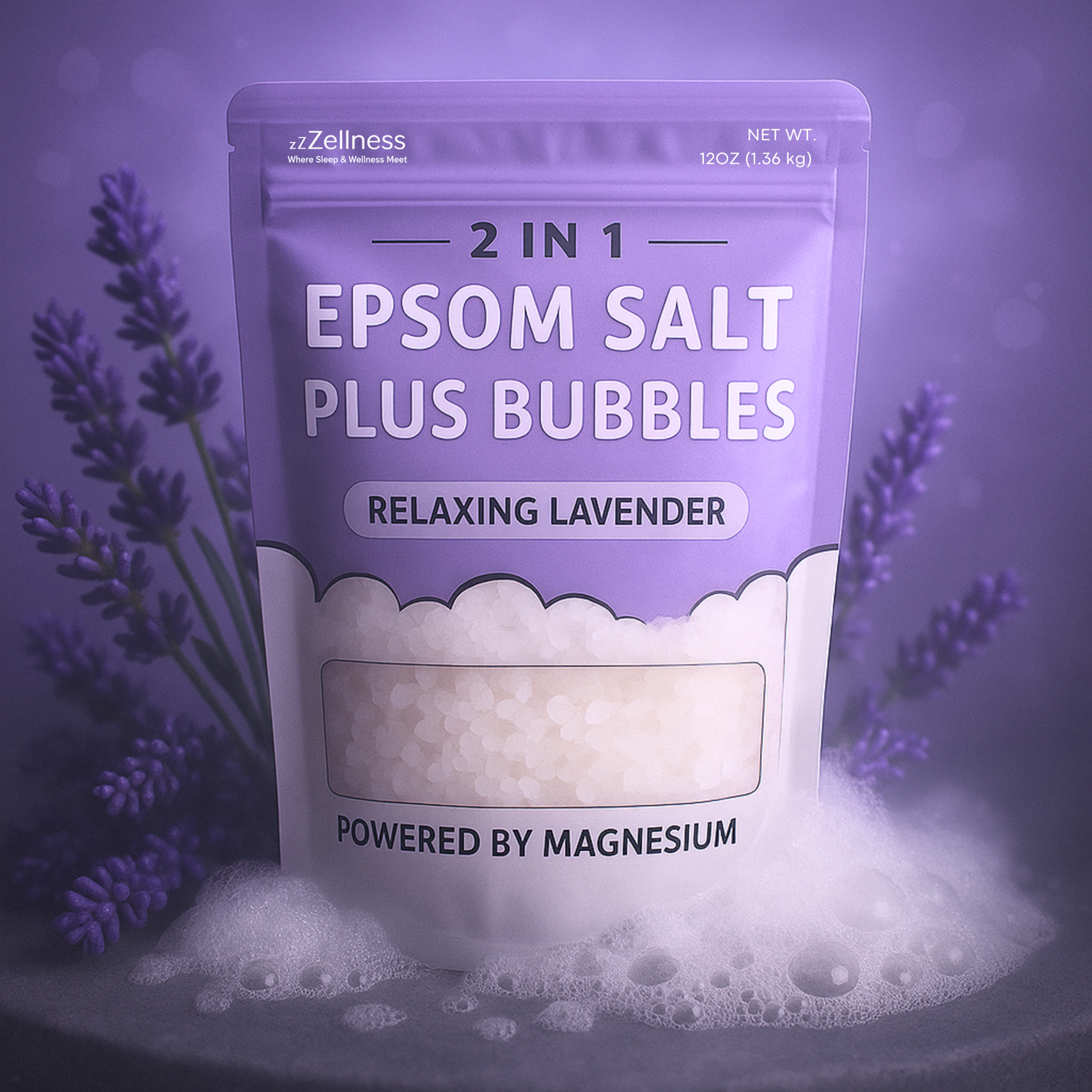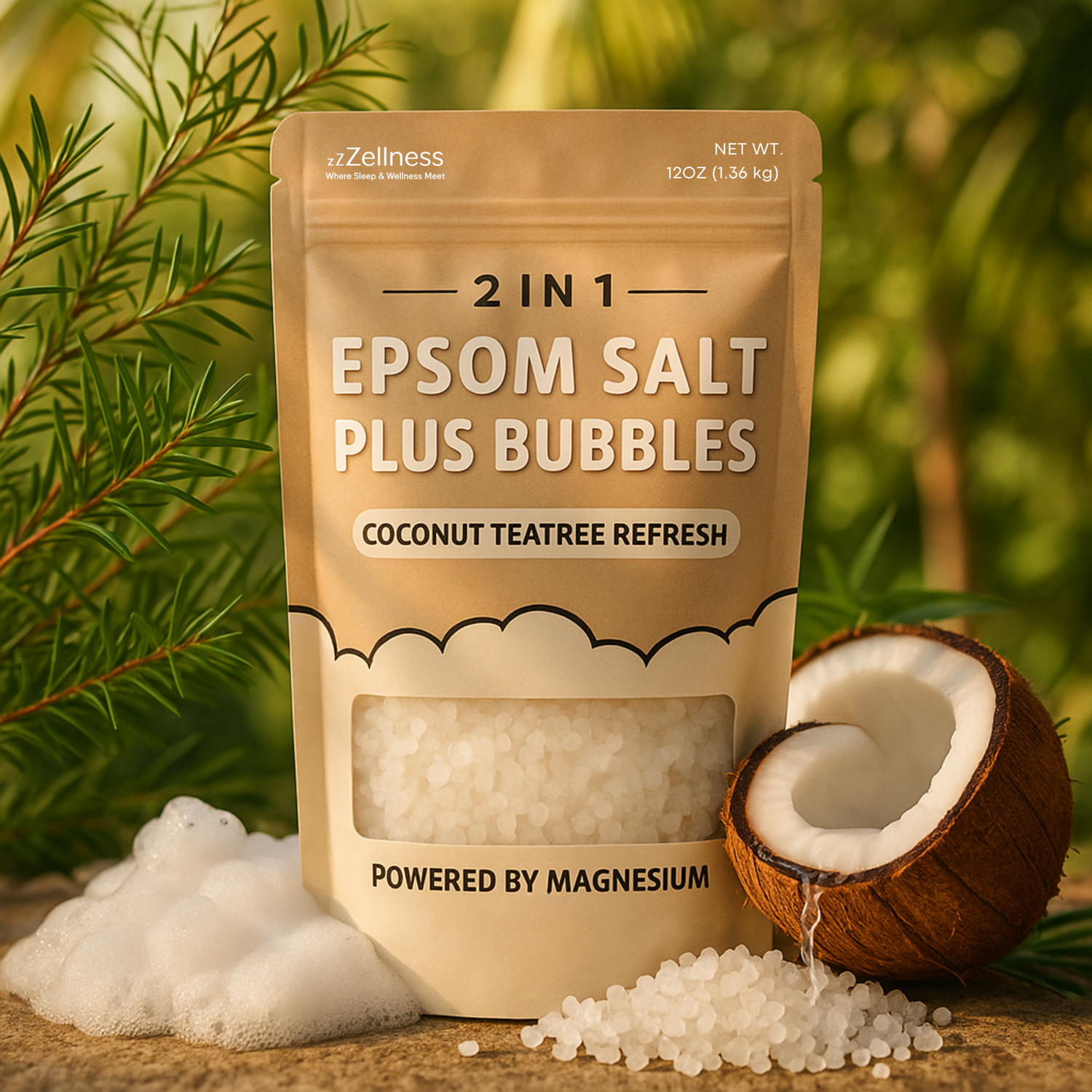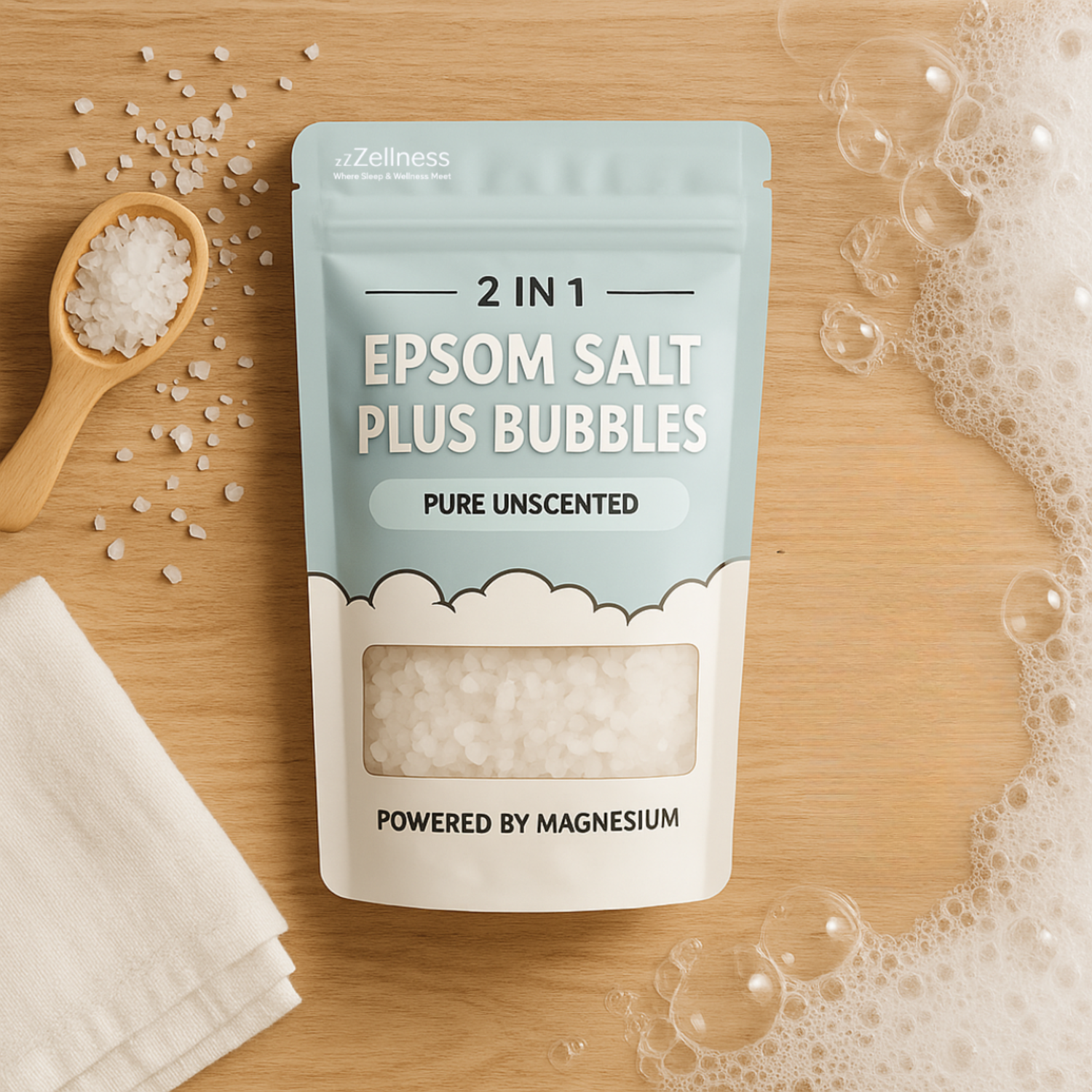Are you tired of living with dry, cracked heels that make every step painful? You are not alone—this common problem affects comfort and mobility for millions.
This guide brings you the most effective, expert-approved dry cracked heels treatment strategies for 2025. Discover the latest insights into causes, simple prevention habits, and step-by-step home care.
Learn when to seek professional help and which products truly deliver relief. Take the first step toward smoother, healthier heels by following our comprehensive solutions.
Understanding Dry, Cracked Heels: Causes and Risk Factors
Cracked heels, also known as heel fissures, are a common foot problem that can disrupt daily comfort and mobility. These splits or cracks usually appear on the outer edges of the heel, where the skin is thickest. Symptoms include dryness, thickened or callused skin, pain when walking, and sometimes bleeding if the cracks deepen. Up to 20% of adults worldwide experience this issue, which can turn simple activities like running or standing into a challenge. For example, runners often notice heel fissures after long training sessions, highlighting how physical stress can worsen the problem.
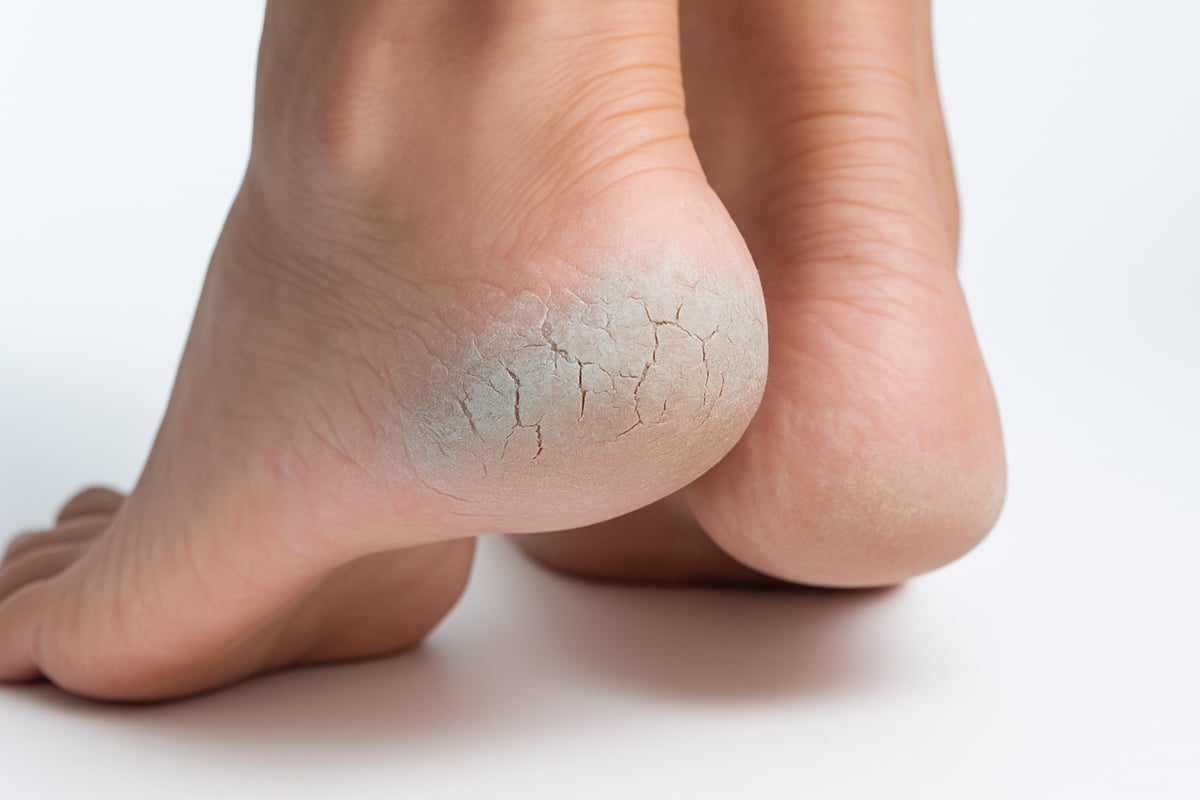
What Are Dry, Cracked Heels?
Dry, cracked heels are characterized by thick, rough patches of skin that split open under pressure. These fissures often form along the rim of the heel and can range from superficial lines to deep, painful cracks. Common symptoms include:
- Flaky, dry skin
- Thickened or yellowish calluses
- Redness or tenderness
- Bleeding in severe cases
Cracked heels are not only unsightly but also impact daily life by making each step uncomfortable. For instance, a runner may develop fissures after repeated friction and pressure, leading to pain that interrupts their training routine. Addressing these symptoms early is essential for effective dry cracked heels treatment.
Leading Causes of Cracked Heels in 2025
Multiple factors contribute to the rise in cracked heel cases. Environmental triggers such as dry weather, low humidity, and frequent hot showers strip the skin of moisture. Lifestyle habits like walking barefoot, wearing open-back shoes, or standing for long hours also increase risk.
Medical conditions are significant contributors in 2025, with higher rates of diabetes, eczema, obesity, and hypothyroidism. These conditions reduce skin elasticity and healing capacity, making fissures more likely. Age and gender play a role as well, with older adults and women being more prone to heel cracks.
Recent data show a noticeable increase in cases due to the global rise in diabetes and obesity. For example, office workers who stand for long periods and athletes who place repeated stress on their feet both face higher risks. To explore more about the underlying causes and up-to-date dry cracked heels treatment strategies, see this Cracked Heels: Causes, Treatment, and Risk Factors guide.
Risk Factors and Who Is Most Affected
Certain groups are more vulnerable to cracked heels. Adults and the elderly, particularly those with chronic skin conditions, face a higher risk. Occupations that involve prolonged standing—such as nurses, retail staff, and athletes—also increase susceptibility.
Genetics and family history can play a part, as can improper foot hygiene like infrequent washing or skipping moisturizer. According to the American Academy of Dermatology, women are statistically more likely to suffer from this condition. An elderly patient with mobility challenges is a classic example, as reduced activity and thinning skin make effective dry cracked heels treatment more challenging.
Recognizing personal risk factors is the first step toward prevention and long-term foot health.
Preventing Dry, Cracked Heels: Daily Habits and Lifestyle Changes
Struggling with cracked heels can be frustrating, but prevention is possible with the right habits. Consistent care is the foundation of any effective dry cracked heels treatment plan. By making a few simple changes to your daily routine, you can help maintain smooth, healthy feet and keep discomfort at bay.
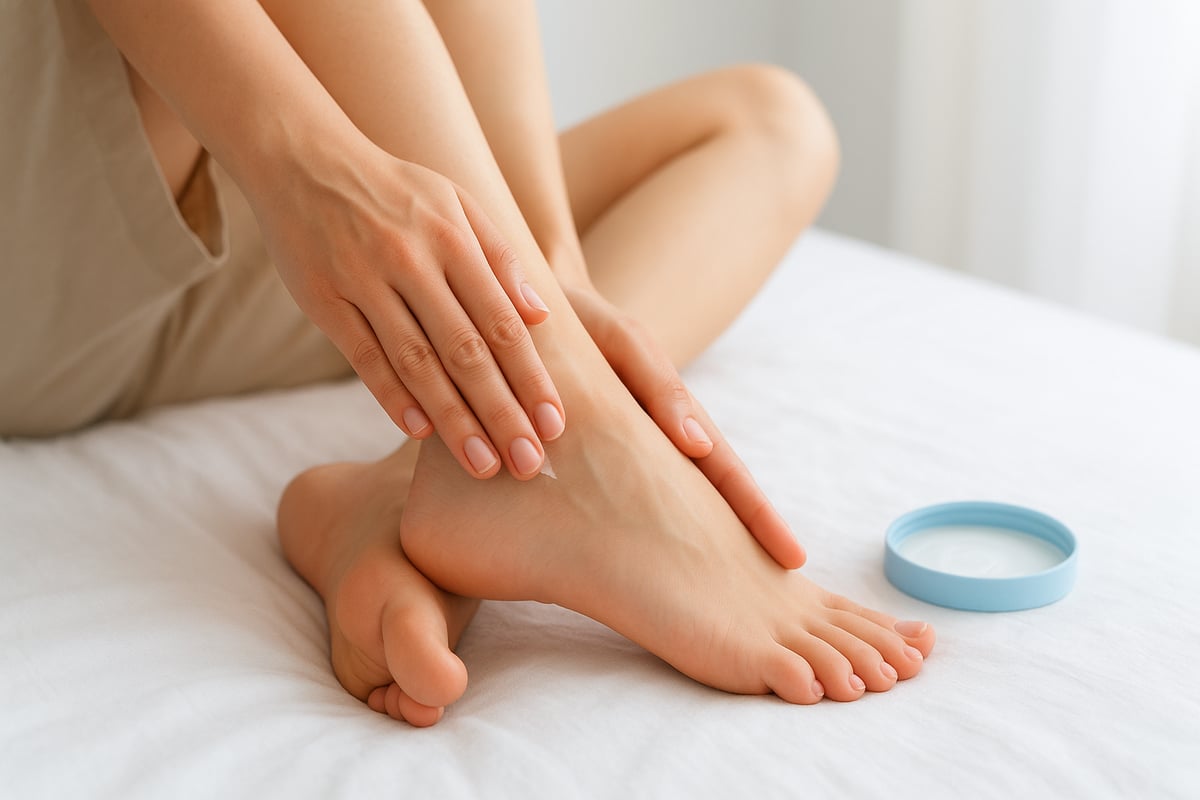
Essential Foot Care Routines
Establishing a daily foot care routine is vital for dry cracked heels treatment and prevention. Start by washing your feet gently each evening, using mild soap and lukewarm water. Avoid hot water, which can strip natural oils. After drying, exfoliate with a pumice stone or gentle foot file two or three times a week to remove dead skin.
Moisturizing is crucial—apply a thick, urea or lactic acid-based cream twice daily. For best results, use creams right after bathing and before bed. Choose socks made of breathable materials like cotton to lock in moisture and protect your heels overnight.
Here's a simple evening routine:
- Wash and pat feet dry.
- Exfoliate gently.
- Apply moisturizer.
- Slip on clean, soft socks.
If you want more detailed steps and product recommendations, read the best treatment for dry feet guide for expert insights. Sticking to this routine can significantly reduce the risk of cracked heels.
Environmental and Lifestyle Adjustments
Your environment and daily habits play a major role in dry cracked heels treatment. Keep indoor air humid with a humidifier, especially in winter. This prevents your skin from drying out. Choose closed-back shoes with cushioned insoles to protect your heels from pressure and friction.
Limit walking barefoot, particularly on hard or rough surfaces. Drink plenty of water throughout the day and eat a balanced diet rich in vitamins and healthy fats to support skin health. These simple steps work together to prevent dryness and reduce the likelihood of deep cracks.
In different climates, you may notice changes in your feet. For example, people living in dry or cold areas often need to be extra vigilant with their dry cracked heels treatment routines. Adapting your care based on the season and your environment helps keep your heels soft and comfortable.
Early Signs to Watch For
Catching early warning signs is essential for successful dry cracked heels treatment. Look out for mild dryness, flaking, or scaling on your heels. Itching and redness can signal that your skin needs extra care. Thickened or yellowish skin patches may also develop before actual cracks appear.
If you notice these symptoms, act promptly by increasing moisturization and avoiding irritants. Early intervention can stop minor dryness from progressing into painful fissures. Monitoring your feet regularly makes it easier to address problems before they worsen.
Remember, prevention is always easier than cure. Paying attention to these early signs helps you maintain healthy, crack-free heels and avoid complications.
Step-by-Step Home Treatment for Cracked Heels
Struggling with discomfort from dry, cracked heels? A carefully structured home routine can deliver significant relief and speed up healing. This step-by-step dry cracked heels treatment guide walks you through each essential phase, from gentle soaking to sealing deep fissures and knowing when to seek medical help.
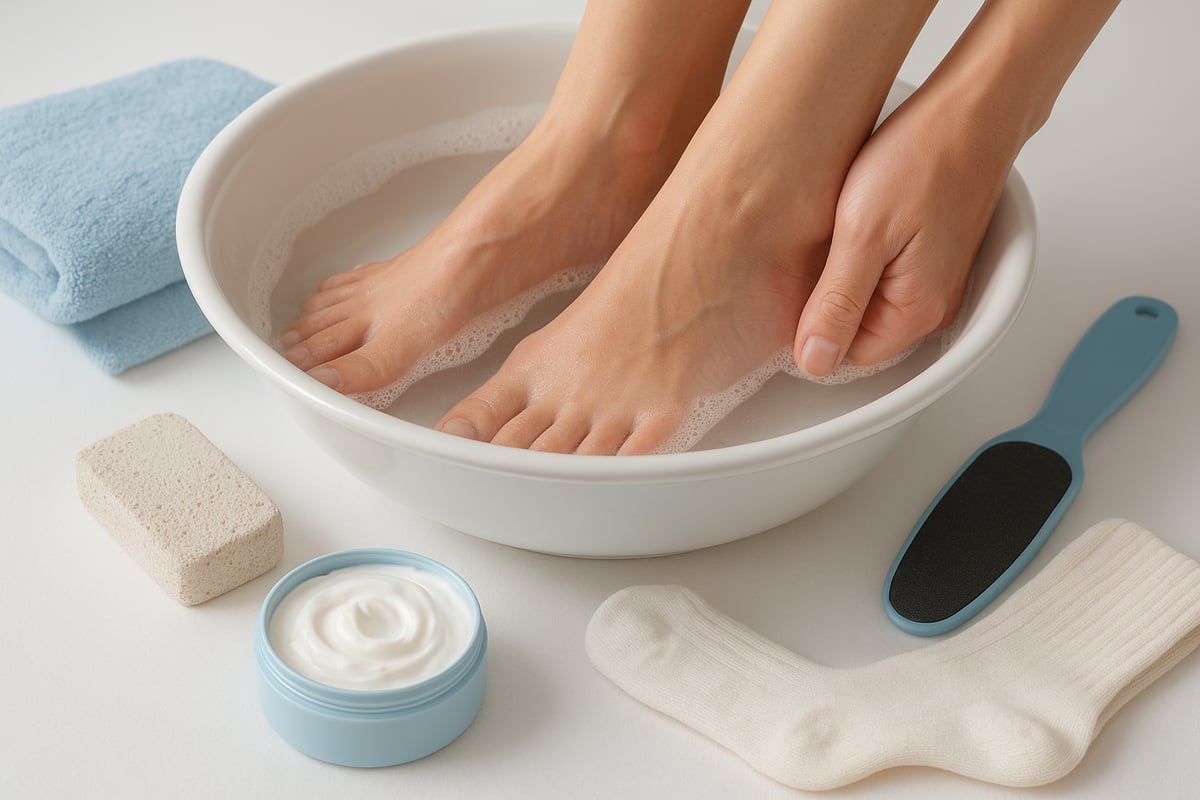
Preparing for Treatment: Soaking and Exfoliating
Begin your dry cracked heels treatment by softening rough skin with a warm foot soak. Fill a basin with lukewarm water and soak your feet for 10–15 minutes. You may add Epsom salts to the water to help relax and gently cleanse the skin.
After soaking, pat your feet dry. Use a pumice stone, foot file, or loofah to carefully slough off dead skin. Avoid aggressive scrubbing to prevent injury. Gentle, circular motions work best, focusing on the thickened areas of your heels.
Limit exfoliation to two or three times a week. Over-exfoliating can lead to irritation and worsen cracks. Incorporating this step into your dry cracked heels treatment routine can help smooth rough patches and prepare your skin for deeper hydration.
Intensive Moisturizing and Occlusion
Immediately after exfoliating, apply a thick, oil-based moisturizer as part of your dry cracked heels treatment. Look for creams containing urea, lactic acid, or ceramides, which help lock in moisture and repair the skin barrier.
For best results, apply moisturizer on slightly damp skin. Pay special attention to the heel and any areas of visible cracking. At night, cover your feet with clean, cotton socks to create an occlusive barrier. This technique enhances absorption and accelerates healing.
Repeat moisturizing twice daily, especially after bathing and before bed. Consistency is key for dry cracked heels treatment, as regular hydration can prevent further fissures and discomfort.
Sealing and Protecting Cracks
For deeper fissures, sealing is an important part of dry cracked heels treatment. Use a liquid bandage or medical skin glue to cover open cracks. This protects the area from infection and allows the skin to heal more effectively.
Apply the sealant only to clean, dry skin. Follow package instructions carefully. If you have diabetes or a weakened immune system, consult a healthcare provider before using these products.
Protect your heels with cushioned socks and avoid walking barefoot. This step guards against further trauma while your skin repairs itself.
When to Avoid Home Treatments
Not all cases of dry cracked heels treatment are suitable for at-home care. If you notice severe pain, persistent bleeding, signs of infection (such as redness, swelling, or pus), or if your cracks do not heal after a week of consistent self-care, seek medical attention promptly.
Individuals with diabetes or poor circulation should be especially cautious. Complications can arise quickly. For more on expert advice and red flags to watch for, review How to Heal Cracked Heels.
Early intervention by a healthcare professional can prevent serious complications and ensure your dry cracked heels treatment is safe and effective.
Home Remedies: What Works and What to Avoid
Many home remedies are popular in dry cracked heels treatment, but not all are equally effective. Natural moisturizers like coconut oil, shea butter, and honey can help soften skin and provide temporary relief.
| Remedy | Evidence-Based? | Notes |
|---|---|---|
| Coconut Oil | Yes | Good for mild dryness |
| Shea Butter | Yes | Moisturizing, gentle |
| Honey | Some evidence | Antibacterial, hydrating |
| Harsh Acids | No | May worsen cracks |
| Over-exfoliation | No | Can cause irritation |
Avoid harsh acids and excessive exfoliation, as these can damage the skin and deepen fissures. When choosing a home remedy for your dry cracked heels treatment, prioritize gentle, proven ingredients and monitor your skin's response.
By following these step-by-step strategies, you can restore comfort and health to your heels right at home.
Advanced and Professional Treatments for Severe Cracked Heels
Severe cracked heels can be more than a cosmetic nuisance. For some, the pain and risk of infection require advanced interventions. When home remedies fall short, professional dry cracked heels treatment options offer relief and long-term healing.
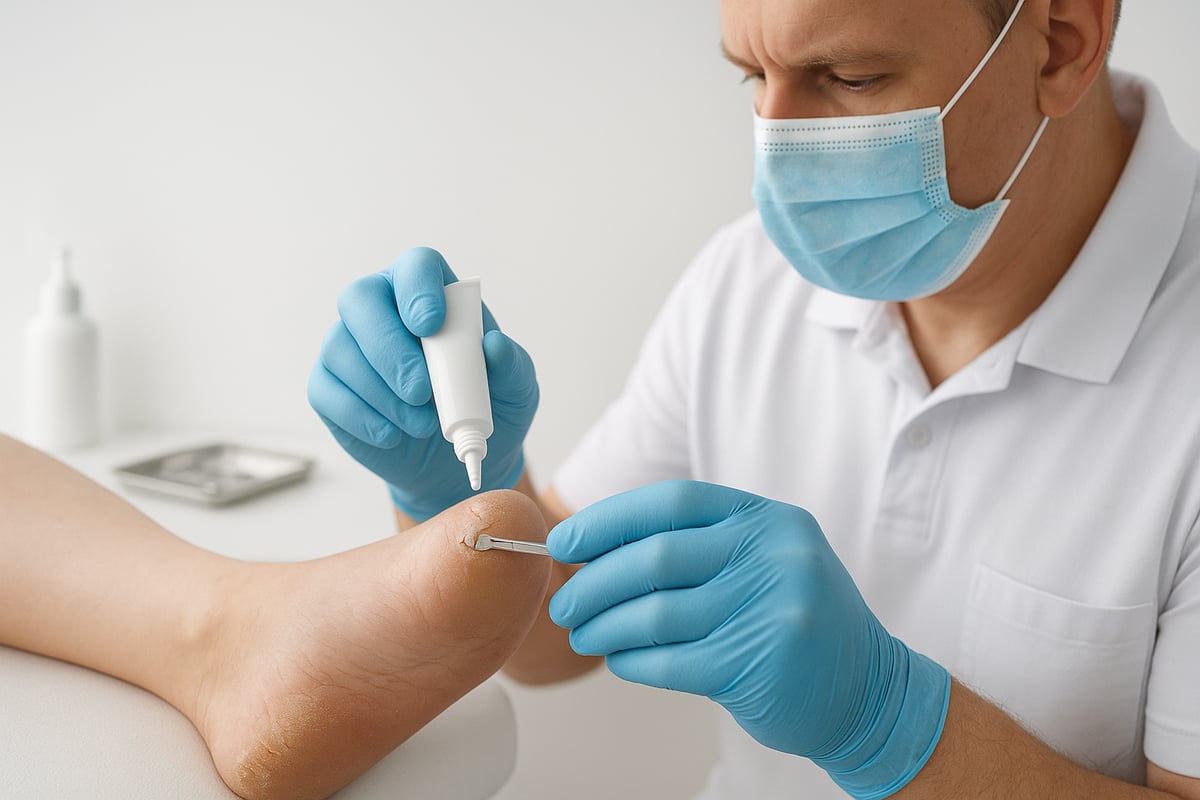
Medical Treatments and Procedures
When over-the-counter products are not enough, medical dry cracked heels treatment provides effective solutions. Podiatrists often prescribe stronger creams with high concentrations of urea or salicylic acid to break down thickened skin and speed up healing.
For deep fissures, a podiatrist may perform gentle debridement. This involves carefully removing dead or callused skin, which reduces pressure and allows moisturizers to penetrate deeper. Infected or chronic cracks sometimes require wound care, including dressings or topical antibiotics.
Custom orthotics can also help by redistributing pressure on the heel, preventing further damage. According to the latest Cracked Heels Treatment Market Report, demand for professional interventions has risen as more patients seek faster, longer-lasting results. For example, a runner with persistent fissures found relief after a podiatrist combined prescription creams with orthotics, demonstrating the value of expert guidance in dry cracked heels treatment.
When to See a Doctor or Specialist
Certain signs mean it is time to seek professional dry cracked heels treatment. If you notice severe pain, bleeding, or signs of infection such as redness, swelling, or pus, do not delay getting help. People with diabetes or poor circulation should be especially cautious, as even minor heel cracks can lead to serious complications.
A referral to a foot specialist is recommended if home care has not improved your symptoms within two weeks. Elderly or immunocompromised patients should consult a healthcare provider at the first signs of non-healing fissures. Early intervention ensures the best outcome and reduces the risk of further issues from dry cracked heels treatment.
Preventing Recurrence After Professional Treatment
Once your heels have healed, ongoing maintenance is essential to prevent cracked skin from returning. A long-term dry cracked heels treatment plan includes daily moisturizing with a urea-based cream, regular gentle exfoliation, and wearing closed-back shoes with cushioned insoles.
Schedule follow-up visits with your podiatrist if you have a history of recurring fissures. Adjust your footwear and avoid going barefoot to minimize risk. Monitor for early signs of dryness or thickening so you can act quickly. One patient who struggled for years with repeat cracks finally achieved lasting results by sticking to a daily routine and attending regular check-ups, proving that with the right approach, recurrence can be prevented.
Best Products and Tools for Cracked Heel Relief in 2025
Finding the right products is essential for effective dry cracked heels treatment. With so many choices available in 2025, it is important to select solutions that are proven, safe, and tailored to your needs. Below, we break down the best moisturizers, soaks, protective gear, natural remedies, and expert-approved kits to help you achieve smoother, healthier heels.
Top Moisturizers and Creams
A powerful moisturizer is the cornerstone of any dry cracked heels treatment. In 2025, over-the-counter products have advanced, offering formulas with urea, lactic acid, petrolatum, and ceramides. These ingredients work together to hydrate, exfoliate, and repair damaged skin.
Among the most trusted brands are Eucerin Advanced Repair Foot Cream, Cetaphil Healing Ointment, Gold Bond Ultimate Healing Foot Cream, and Flexitol Heel Balm. Here is a quick comparison:
| Brand | Key Ingredient | Price Range | Skin Type |
|---|---|---|---|
| Eucerin | Urea | $$ | Very dry, cracked |
| Cetaphil | Petrolatum | $ | Sensitive |
| Gold Bond | Aloe, Urea | $$ | Thick, rough |
| Flexitol | Urea, Lanolin | $$ | Deep fissures |
Apply these creams twice daily, especially after bathing and before bed, for optimal results. For those with severe dryness or deep fissures, pairing a thick ointment with cotton socks overnight can accelerate healing. Consistent use is crucial for long-term dry cracked heels treatment.
Foot Soaks, Scrubs, and Exfoliation Tools
Regular exfoliation removes dead skin and prepares your heels to absorb moisturizers more effectively. Foot soaks, especially with Epsom salts, can soften calluses and ease discomfort. For an easy start, try an Epsom salts for foot soaks product, which is gentle and effective for at-home use.
Popular exfoliation tools in 2025 include pumice stones, foot files, and gentle scrubs. Use these two or three times per week, always after soaking, to prevent over-exfoliation. Innovative devices, such as battery-powered foot buffers, offer precise control and safety for sensitive skin. Consistency is key in any dry cracked heels treatment plan.
Protective Gear and Footwear Recommendations
Protecting your heels from friction and pressure is vital for dry cracked heels treatment success. Choose moisture-wicking, cushioned socks to maintain hydration and reduce irritation. Seamless designs help prevent blisters and further skin breakdown.
Shoe inserts and orthotics distribute weight evenly, reducing the risk of new cracks. Opt for closed-back shoes with a supportive, cushioned sole for daily wear. Many users report significant improvement in comfort and healing rates with these simple adjustments. Quality footwear is an often-overlooked factor in comprehensive dry cracked heels treatment.
Natural and DIY Options
For those seeking a natural approach to dry cracked heels treatment, homemade remedies can be both effective and budget-friendly. Common ingredients include honey, coconut oil, and oatmeal, which provide moisture and gentle exfoliation.
A simple DIY heel balm recipe involves mixing coconut oil with shea butter and a few drops of tea tree oil. Apply generously before bed, then cover with socks. While natural treatments are popular, always test for skin sensitivities and avoid harsh acids or aggressive scrubbing.
Natural remedies may work for mild cases, but they may not be sufficient for deep fissures or chronic problems. Always monitor your progress and switch to medical-grade products if needed.
Expert-Recommended Treatment Kits
Comprehensive treatment kits have gained popularity for dry cracked heels treatment in 2025. These bundles typically include a potent cream, exfoliator, and moisture-locking socks, providing all essentials in one package.
Look for kits endorsed by dermatologists or podiatrists, which often highlight clinically tested ingredients and user-friendly instructions. Reviews from users praise the convenience and effectiveness of these all-in-one solutions, especially for those with busy lifestyles.
One top-rated example is a kit that combines a high-urea heel balm, a dual-sided foot file, and breathable overnight socks. Regular use not only speeds healing but also helps prevent recurrence. When selecting a kit, ensure it addresses your specific needs and fits seamlessly into your daily dry cracked heels treatment routine.
Special Considerations: Cracked Heels in High-Risk Groups
Managing dry cracked heels treatment becomes more complex in high-risk groups. These individuals need tailored approaches and close attention to prevent complications. Understanding each group’s unique needs can help ensure safe and effective care.
Managing Cracked Heels with Diabetes
People with diabetes face special challenges in dry cracked heels treatment. Their reduced circulation and nerve function increase the risk of infection and slow healing. Daily foot inspections are crucial, checking for any new cracks, redness, or wounds.
Foot care routines should include gentle washing, thorough drying, and consistent moisturizing. Use creams approved for diabetic skin and avoid harsh exfoliation. Never attempt to remove thick skin with sharp tools at home.
If you notice persistent cracks or signs of infection, consult a podiatrist promptly. For example, a diabetic patient who noticed new heel fissures worked with their doctor for early intervention, preventing complications.
Elderly and Mobility-Impaired Individuals
Age-related skin thinning and decreased mobility make dry cracked heels treatment particularly important for seniors. The skin loses natural oils, becoming more prone to fissures. Those with limited mobility may struggle to reach their feet or maintain daily care.
Caregivers play a vital role. They should help with gentle cleansing, moisturizing twice daily, and ensuring the individual wears supportive, cushioned socks. Using non-slip mats and easy-on shoes also reduces fall risk.
Home care strategies, like a seated foot bath and soft towel drying, can make routines safer and more comfortable. For example, an elderly person benefited from a routine assisted by their caregiver, leading to healthier, pain-free heels.
Children and Active Lifestyles
Active children and athletes often experience cracked heels from friction, sweat, and frequent barefoot activity. Effective dry cracked heels treatment for this group includes daily washing, using mild soap, and applying a light, non-greasy moisturizer.
Parents should check children’s feet regularly for early signs of dryness or fissures. Proper sports footwear with cushioned soles minimizes pressure and injury. Teaching young athletes about foot hygiene helps prevent future problems.
For additional guidance on managing related foot issues in active individuals, see these plantar fasciitis relief tips. A young soccer player, for example, maintained healthy heels by following a simple post-game care regimen and wearing moisture-wicking socks.
When Cracked Heels Signal a Larger Health Issue
Sometimes, persistent heel cracks may point to underlying medical problems. Conditions like hypothyroidism, eczema, or psoriasis can cause chronic dryness and fissures, making dry cracked heels treatment less effective without medical intervention.
Red flags include cracks that do not heal, severe scaling, or the presence of other skin symptoms. If you suspect a systemic issue, seek a healthcare provider’s evaluation. Early diagnosis can improve both foot health and overall well-being.
For example, a patient with ongoing heel fissures was eventually diagnosed with a thyroid disorder, allowing targeted treatment and lasting relief. Monitoring your feet is not only about comfort but can also provide clues to broader health concerns.
After learning about the causes, prevention strategies, and expert-approved treatments for dry cracked heels, it’s clear that caring for your feet goes beyond just daily routines—it’s about giving yourself the comfort you deserve. If you’re looking for a soothing, restorative way to relax and help your heels heal at the end of a long day, treating your feet to a rejuvenating soak can make a real difference. I highly recommend taking the next step with The Perfect Way to End the Day—your feet will thank you for it.
